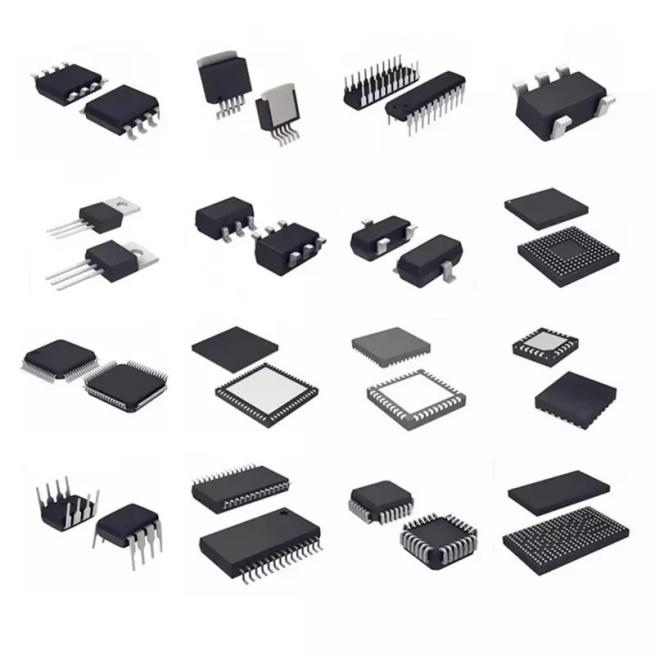

| Part number: | AD7386-4BCPZ-RL7 |
|---|---|
| Product classification: | Analog to Digital Converters (ADC) |
| Manufacturer: | Linear Technology (Analog Devices, Inc.) |
| description: | 2MSPS 16-BIT QU |
| Encapsulation: | - |
| Packing: | Tape & Reel (TR) |
| Quantity: | 0 |
| RoHS: | |
Quantity
Price
Total price
1000
$35.7480
$35,748.0000


| TYPE | DESCRIPTION |
| Mfr | Linear Technology (Analog Devices, Inc.) |
| Series | - |
| Package | Tape & Reel (TR) |
| Product Status | ACTIVE |
| Features | Alert Function, Configurable Resolution, Multiplexed Input, Oversampling, Resolution Boost, Simultaneous Sampling |
| Package / Case | 24-UFQFN Exposed Pad, CSP |
| Mounting Type | Surface Mount |
| Number of Bits | 16 |
| Configuration | MUX-ADC |
| Data Interface | SPI |
| Reference Type | External, Internal |
| Operating Temperature | -40°C ~ 125°C |
| Voltage - Supply, Analog | 3V ~ 3.6V |
| Voltage - Supply, Digital | 3V ~ 3.6V |
| Sampling Rate (Per Second) | 4M |
| Input Type | Single Ended |
| Number of Inputs | 8 |
| Supplier Device Package | 24-LFCSP (4x4) |
| Architecture | SAR |
| Ratio - S/H:ADC | 0:4 |
| Number of A/D Converters | 4 |













